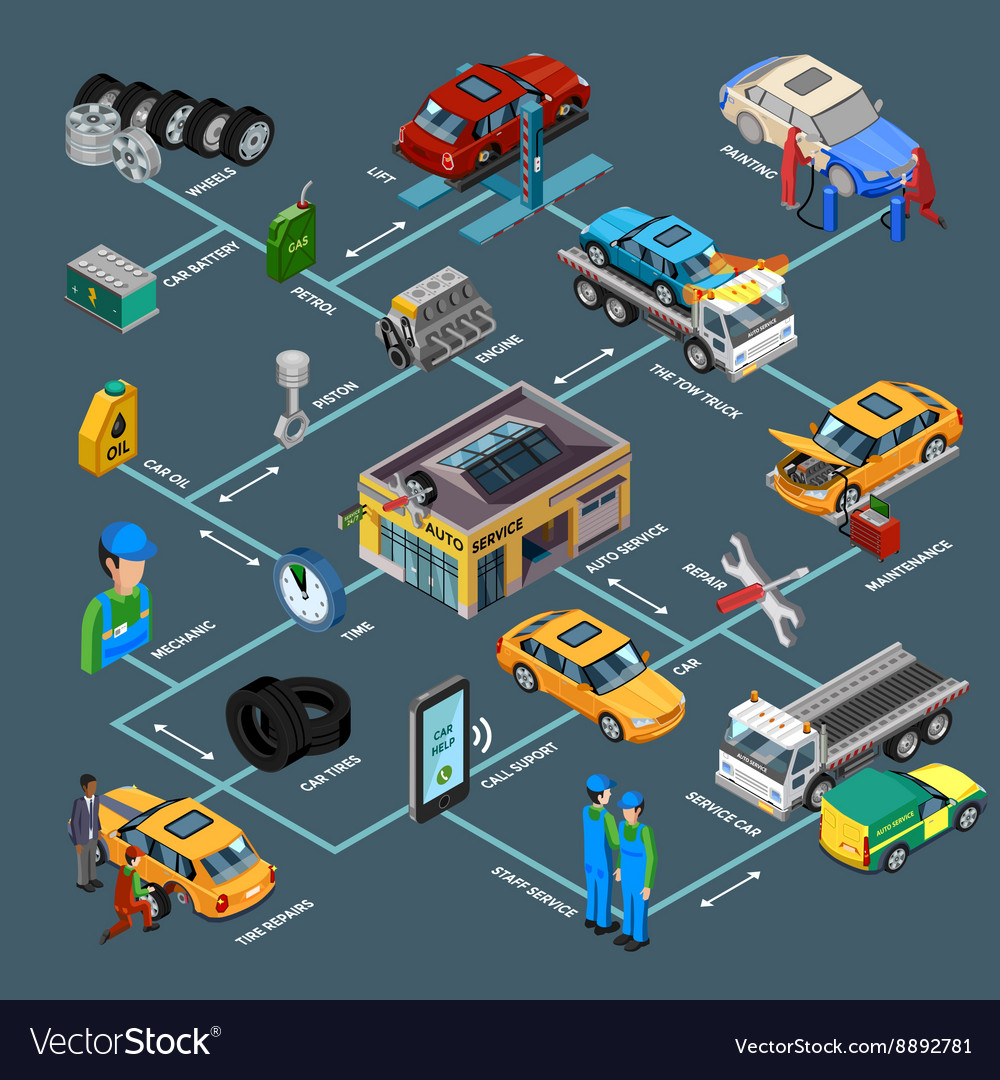Wondering Concerning The Meaning Behind Those Control Panel Warning Lights? Gain Understandings Right Into Their Effects For Your Vehicle'S Safety And Upkeep
Wondering Concerning The Meaning Behind Those Control Panel Warning Lights? Gain Understandings Right Into Their Effects For Your Vehicle'S Safety And Upkeep
Blog Article
Content Writer-Vinson Forbes
When you lag the wheel, those glowing warning lights on your control panel can be a bit complicated. Do you know what they're attempting to tell you concerning your car's wellness? Understanding the importance of these lights is important for your safety and security and the durability of your vehicle. So, the following time one of those lights turns up, wouldn't you wish to decipher its message precisely and take the necessary actions to address it?
Common Warning Lights and Interpretations
Recognize common caution lights in your vehicle and recognize their meanings to make sure risk-free driving.
The most regular caution lights consist of the check engine light, which signifies concerns with the engine or emissions system. If this light begins, it's essential to have your automobile checked promptly.
The oil pressure warning light shows reduced oil pressure, needing prompt attention to prevent engine damages.
A blinking battery light may recommend a damaged billing system, possibly leaving you stranded otherwise resolved.
The tire pressure surveillance system (TPMS) light alerts you to low tire stress, impacting vehicle stability and gas effectiveness. Overlooking this might bring about hazardous driving conditions.
The abdominal muscle light suggests a problem with the anti-lock stopping system, endangering your ability to stop swiftly in emergencies.
Lastly, the coolant temperature level advising light warns of engine getting too hot, which can cause extreme damage if not settled quickly.
Recognizing these common warning lights will assist you attend to concerns immediately and keep safe driving problems.
Significance of Prompt Interest
Recognizing the typical caution lights in your vehicle is just the very first step; the value of promptly resolving these warnings can not be emphasized enough to ensure your security on the road.
When brighton auto detailing brightens on your dashboard, it's your vehicle's method of communicating a prospective issue that requires attention. Ignoring these cautions can bring about extra serious troubles in the future, compromising your safety and potentially costing you extra out of commission.
Prompt interest to warning lights can stop breakdowns and accidents. For example, a blinking check engine light might indicate a misfire that, if left neglected, could create damage to the catalytic converter. Resolving this promptly can save you from an expensive repair service.
In https://cashfwofw.bligblogging.com/30492118/the-makeover-of-auto-describing-practices-over-the-last-ten-years , a brake system advising light may indicate low brake liquid or used brake pads, essential elements for your safety and security when driving.
Do It Yourself Troubleshooting Tips
If you discover a warning light on your control panel, there are a couple of do it yourself repairing tips you can try prior to seeking professional help.
The very first step is to consult your vehicle's manual to comprehend what the details caution light suggests. Sometimes the concern can be as easy as a loosened gas cap triggering the check engine light. Tightening up https://motor-vehicle-chassis96173.bloginder.com/30546262/elevate-your-car-outlining-strategies-with-seasonal-support-to-guarantee-your-auto-remains-radiant-and-secured-figure-out-how-to-navigate-the-particular-obstacles-that-each-season-brings might settle the issue.
An additional usual concern is a low battery, which can trigger various advising lights. Inspecting the battery connections for corrosion and ensuring they're secure may deal with the problem.
If a caution light continues, you can try resetting it by disconnecting the vehicle's battery for a couple of mins and then reconnecting it. Additionally, inspecting your automobile's liquid levels, such as oil, coolant, and brake liquid, can assist troubleshoot alerting lights connected to these systems.
Conclusion
Finally, comprehending your automobile's caution lights is vital for keeping your vehicle running smoothly and securely. By quickly addressing these signals and understanding what they suggest, you can avoid expensive fixings and prospective failures.
Keep in mind to consult your auto's handbook for specific details on each advising light and take action as necessary to make certain a hassle-free driving experience.
Keep informed, remain risk-free when driving!
